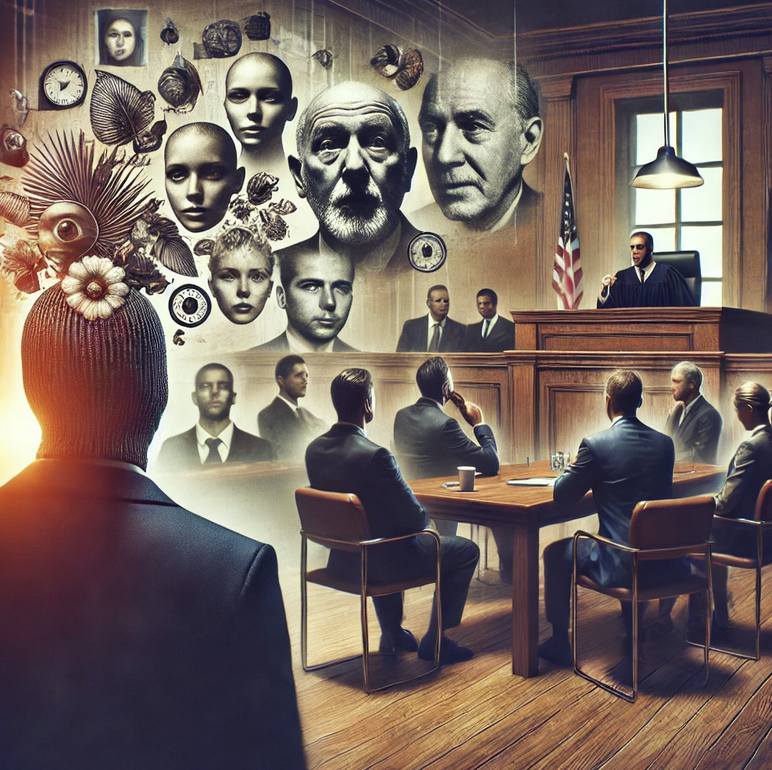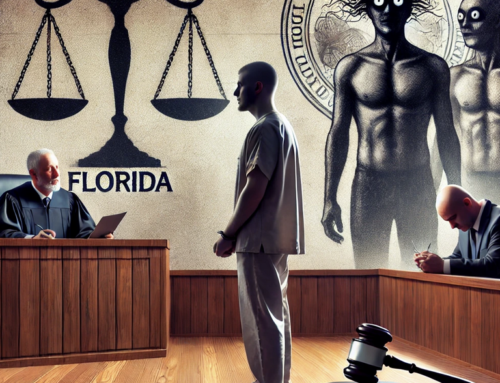Eyewitness Testimony: Identification
One of the main goals for law enforcement is to solve crimes; police strive to “clear” these crimes. They have a much higher chances of clearing the crime if the offender is caught within a few minutes, or an eyewitness provides specific information that is considered relevant to the case. Researchers have shown that if neither of these are available to police, there is less than a 10% chance that the crime will be solved, or “cleared”.
This is the first of many future posts which will be exploring the problems with allowing eyewitness identification testimony into evidence during a criminal trial. Eyewitness testimony that incriminates the defendant is arguably one of the most valuable and influential pieces of evidence that the prosecution can attain, aside from a confession. Even when there is a seemingly large amount of evidence favoring the defendant’s claim of innocence, there have been cases where the individual is convicted solely based on the testimony. In the field of psychology, it has been concluded that errors in eyewitness testimony are the leading cause of wrongful convictions. In 2000, it was estimated that 75% of overturned convictions are partly or fully due to inaccurate eyewitness testimony. Evidence has consistently shown eyewitness testimony to be unreliable.
Why Is Eyewitness Testimony Prone to Error?
An accurate eyewitness requires the ability to accurately remember, in detail, a situation that is often highly stressful. Memory is not like a video recorder. In fact, the human race as a whole is pretty bad when it comes to memory. There are many steps that need to be completed to accurately remember an event: encoding, storage, and retrieval. Each stage is susceptible to error due to stress, distraction, or even paying attention to the wrong information. For example, researchers have shown that if a weapon is seen during the commission of the crime, such as a gun or a knife, the witness will be much more likely to make errors when recalling the event; although they were “paying attention” they may have been focused more-so on weapon, rather than the physical features of the suspect.
First, the eyewitness must be able to accurately encode a specific part of the flood of sensory information that is constantly coming in, at the time of the offense; tactile (touch), auditory, visual, and olfactory (smell) information are always being processed in your brain. Most sensory information throughout your life is filtered by your brain, never making it passed the first stage. To properly encode a memory, you must first be paying attention to what you want to remember. When witness you a crime, often times the individual may only begin to focus their attention (and what will be remembered) moments after the event.
A region in the brain called the hippocampus, with the help of the frontal cortex, is responsible for determining which part of this “flood” of sensory information is important enough to move into long-term memory. During this storage process, these little bits of sensory information are stored in different areas throughout your brain. This process can also be interrupted for various reasons, including stress.
Assuming both the encoding of the event, and the storage of the information, was accurately completed, now comes the process of retrieval. When we remember something, we are actually reconstructing bits of information that are stored throughout our brain. This is why witnesses are susceptible to suggestion during questioning, how the question is worded can influence how an individual retrieves the information, and what information is brought into our conscious.
The act of a witness describing an event or identifying an individual involves not only an accurate encoding, storage, and retrieval of memory, but other factors, including: reasoning, suggestibility, social influence, submission to authoritative questioning, conformity, and self-confidence. There is enough research on each factor alone to support the claim that eyewitness identification testimony is inaccurate and unreliable. There are certain cases when the testimony of an eyewitness may be reliable, but this relies on all issues noted above, along with the procedures in which the police obtained the information. This will be further explored in our next series of discussions on eyewitness identification testimony.
At Kenneth Padowitz, P.A., we specialize in high-profile criminal cases; many of these involve eyewitness testimony. Being aware of relevant psychological information aids us in our design, and implementation of the strategic criminal defense that we offer. An excellent criminal attorney is not only knowledgeable in criminal procedure, but they must understand how people process and interpret information to effectively communicate to a jury.








